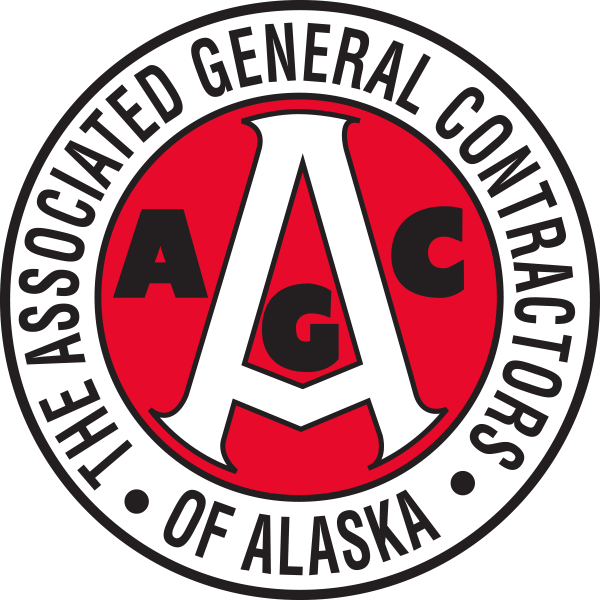

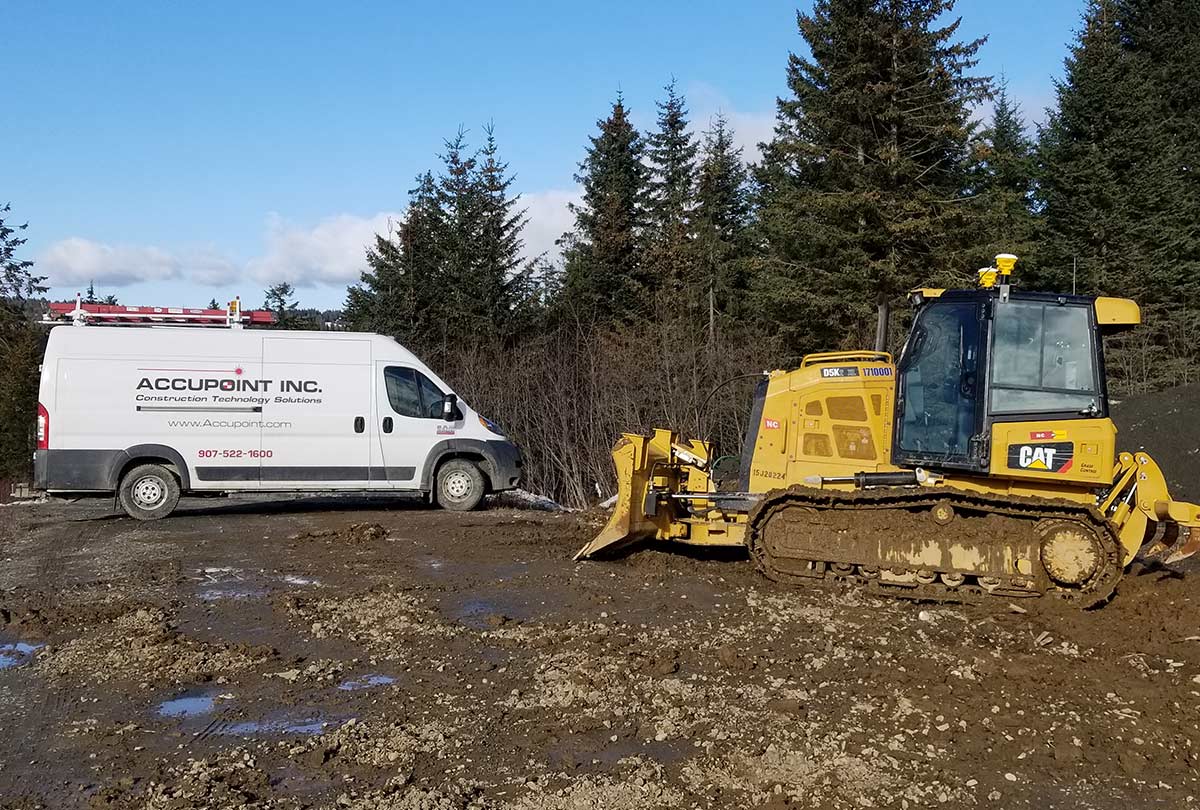
he digital revolution has brought dramatic advances to nearly every industry in the past twenty years, including industrial construction. Software, machine control devices, GPS units, drones, and other tools have allowed contractors to increase productivity and precision while reducing costs. Companies that embraced these technologies are able to offer bids that reflect this savings. And while this was a competitive advantage two decades ago, now it’s a necessity for any contractor bidding on major projects.
Anchorage-based Accupoint, Inc. has been at the forefront of providing these systems since 1986, a time when most contractors had yet to conceive of the ways high tech could improve efficiencies and outcomes.
“Accupoint is a construction technology resource,” says Nelson Hays, a construction technology engineer with the company. “We offer hardware, software, training, and consulting on everything related to civil construction.”
Accupoint provides clients with a variety of resources, primarily automated machine control systems. Hays says these can assist in numerous ways. GPS tracking in a bulldozer eliminates the need for survey staking prior to breaking ground. Automated controls on bulldozer blades maintain an even grade. Intelligent compaction systems on asphalt compactors map the passage of the drum. “You get consistent coverage and consistent compaction,” Hays explains.
Many of the systems Accupoint provides come from Trimble, Inc., which pioneered the application of these technologies to construction sites. Accupoint also offers products from Level Best Precision Grading, DJI, Wingtra, GRYB, and other leading companies in the field.
Machine control systems make jobs easier for equipment operators, Hays explains. “They’re not fully automated like a drone running on its own. It’s semi-automated where the operator still needs to manage the material he’s pushing around. But in the instance of the bulldozer, it will move your blade to the target elevation for you. And it maintains that grade.”
GPS systems guide operators on the job site, keeping the equipment on course. The coordinates are programmed into the device attached to the earthmover, giving the operator continuous guidance without flags to provide orientation. Hays says surveyors are still required for determining legal boundaries, but onsite navigation no longer requires their assistance.
“Instead of having to go pound thousands of stakes for the slopes and for road grades and whatnot, the machine’s operator just knows where to go. You’re putting the technology on the machine and skipping that whole step,” he says. “Machine control systems are really where the productivity is gained.”
An even greater savings comes when working offshore.
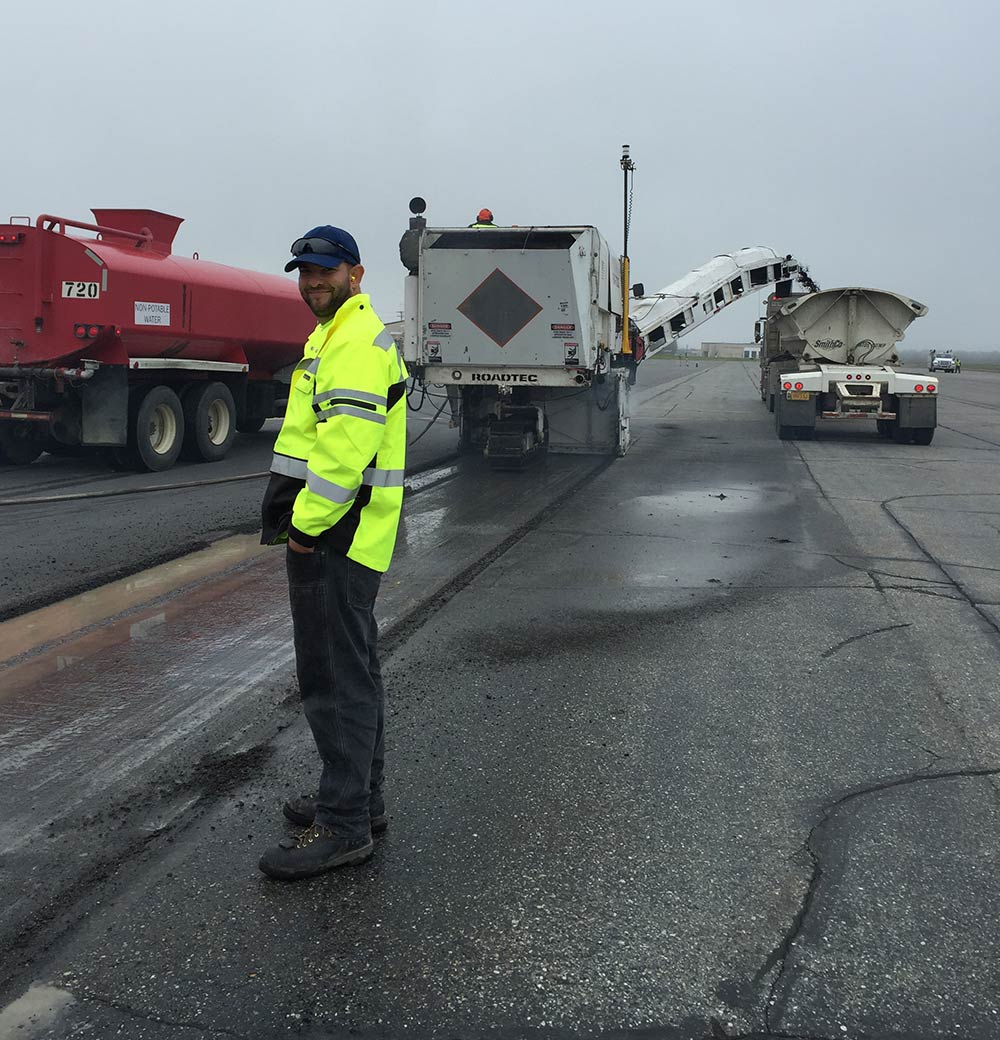
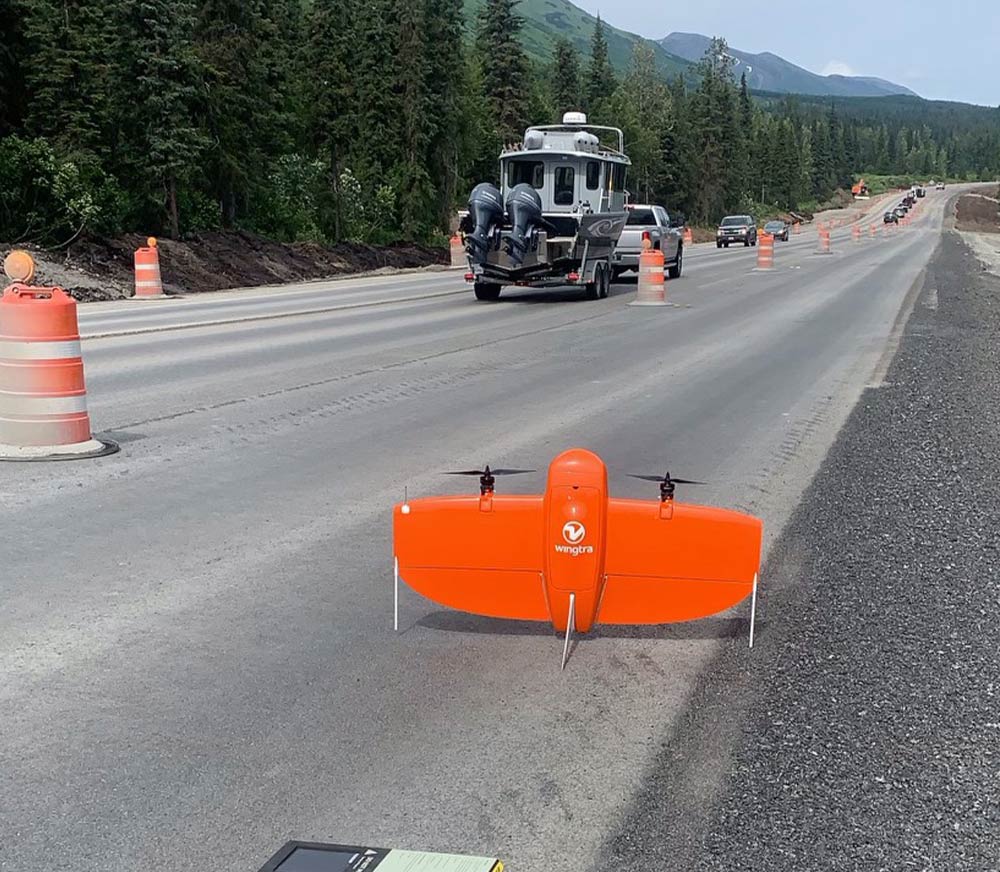
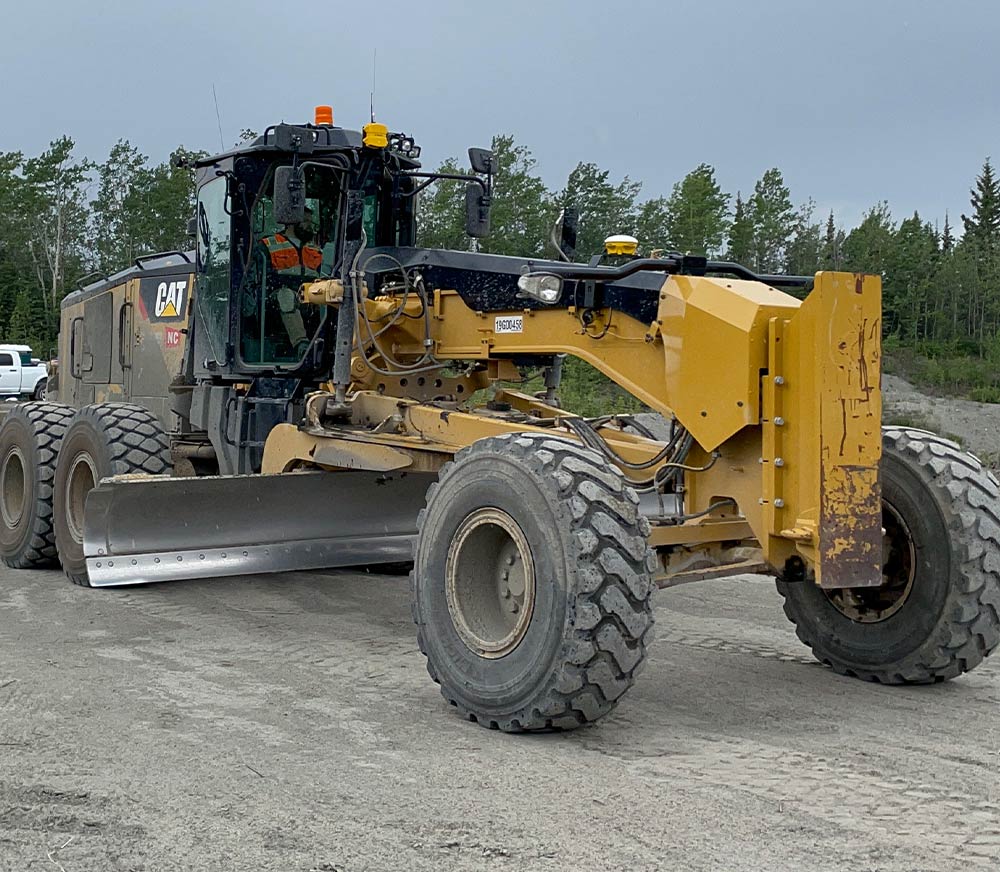
“If you’re digging underwater and you have GPS on an excavator, you’re going to be ten times as efficient than if you’re going to try digging any other way,” Hays says. “There was a time when you would have to hire divers to survey. Those days are gone.”
Hays says Accupoint is Alaska’s primary source for these technologies, and much of their business comes from longtime customers. Brice, Inc. in Fairbanks was an early adopter of the technological systems Accupoint sells. Brice construction manager Marcus Trivette says this was not an accident.
“We’ve been big on innovation in construction since the company was started,” he says.
“They’re always very adaptable. They’re willing to show you things, but without high-pressure sales. They understand it’s a long-term relationship, so they want to sell us stuff that makes it more profitable, not to sell it for the sake of selling it,” he says.
The lack of pressure comes from Accupoint focusing on where its more sophisticated systems are needed, not on moving as many as possible.
“There’s a certain level of project where it would never be worth it,” Hays explains. “When you dig out a house foundation, a laser system on an excavator would be an efficient tool. GPS would be way overkill. We have simpler 2D solutions for small projects and as a way to help smaller contractors scale up. The key is choosing the right tool for the job.”
Most of Accupoint’s clients are involved with large scale projects. “I would say probably 80 or 90 percent of our work is DOT projects,” Hays says.
For a new client, Hays says, Accupoint representatives visit the job site and install the equipment on the machines. Then they train the operators how to use the software. They’ll build a model for the project, which he says is the hardest step, requiring expertise many contractors don’t have in house. Grade checkers and construction surveyors are trained on the survey equipment to check the machines for accuracy and to perform manual survey operations they can handle on their own. Then they inspect everything to make sure it’s ready to roll and make themselves available for consultation throughout the project.
Accupoint’s success has come from knowing what its doing and doing it well. “We’re very focused on what our specialty is,” Hays concludes. “Very precise type of work.”
Accupoint has been an Associated General Contractors of Alaska member since 2005.